Are you looking to upgrade your cookware for your induction cooktop? Look no further! This step-by-step guide will help you navigate the process of selecting the right cookware for your induction cooktop. Whether you are a cooking enthusiast or just want to ensure efficient and safe cooking, this guide will provide you with the necessary information to make an informed decision. From understanding the unique characteristics of induction cooking to exploring different cookware materials, we’ve got you covered. So, let’s dive in and find the perfect cookware that will elevate your induction cooking experience!
Top-selling Induction Cooktops
Choosing the Right Induction Cookware: A Guide to Finding the Best Options
Understand Induction Cooktops
An induction cooktop is a type of cooking appliance that uses electromagnetic fields to heat up cookware directly, rather than relying on traditional gas or electric heating elements. It works by creating a magnetic field that induces a current in the cookware, generating heat. Induction cooktops offer several advantages over other types of cooktops, including faster heating times, precise temperature control, energy efficiency, and a safer cooking surface as the cooktop itself doesn’t get hot. To use an induction cooktop, simply place your induction-compatible cookware on the cooking surface, select the desired temperature or power level, and start cooking.
Check Compatibility
To verify if your current cookware is compatible with induction cooktops, you can perform a simple magnet test. Place a magnet on the bottom of your cookware; if it sticks firmly, it is induction-compatible. Examples of magnetic materials commonly used in induction cookware include cast iron, stainless steel, and certain types of enameled cookware. Non-magnetic materials like aluminum, copper, and glass will not work efficiently with induction cooktops.
Consider Cookware Material
When considering cookware materials for induction cooktops, it is important to choose options that are compatible with this type of cooking surface. Stainless steel is a popular choice due to its durability and ability to evenly distribute heat. Cast iron is another suitable option, known for its excellent heat retention. Additionally, certain types of enameled cookware, such as those with a magnetic base, can also be used on induction cooktops.
Check for Induction Symbol
To identify the induction symbol or label on cookware packaging or bottom, follow these steps:
- Check the packaging: Look for the induction symbol on the packaging of the cookware. This symbol typically consists of a coil with zigzag lines inside it. It indicates that the cookware is compatible with induction cooktops.
- Inspect the bottom: If the packaging doesn’t clearly display the induction symbol, check the bottom of the cookware. Look for a symbol or label that indicates induction compatibility. It may be engraved, printed, or embossed on the bottom surface.
- Look for specific wording: Some manufacturers may use specific wording to indicate induction compatibility. Look for phrases like “induction ready,” “suitable for induction,” or “induction compatible” on the packaging or bottom of the cookware.
- Refer to product manuals or information: If you are still unsure whether the cookware is induction compatible, consult the product manual or additional information provided by the manufacturer. It may contain specific guidance or compatibility notes for induction cooktops.
By following these steps, you can easily identify the induction symbol or label on cookware packaging or bottom, ensuring compatibility with your induction cooktop.
Evaluate Cookware Base
To evaluate the cookware base for heat distribution and cooking performance on induction cooktops, follow these steps:
- Check for flatness: Place a ruler or straight edge across the base of the cookware. Look for any gaps or rocking motion. A flat surface ensures even heat distribution and prevents hot spots during cooking.
- Measure thickness: Use a caliper or measuring tool to determine the thickness of the cookware base. Thicker bases tend to provide better heat retention and distribution. Aim for a thickness of at least 2-3mm for optimal performance.
- Inspect for magnetic properties: Induction cooktops require cookware with a magnetic base. Place a magnet against the base of the cookware to ensure it sticks firmly. If the magnet does not adhere well, the cookware may not be compatible with induction cooking.
By following these simple steps, you can effectively evaluate the flatness, thickness, and magnetic properties of the cookware base, ensuring optimal heat distribution and cooking performance on induction cooktops.
Consider Cookware Size
When selecting cookware for an induction cooktop, it is important to consider the size of the cookware in order to ensure efficient and safe cooking. Here are some key points to keep in mind:
- Match the size of the cookware to the heating zone dimensions: Make sure that the base of the cookware matches the size of the heating zone on the induction cooktop. This will ensure that the heat is distributed evenly and that maximum energy efficiency is achieved.
- Use cookware with a flat and smooth bottom: To ensure proper contact between the cookware and the induction cooktop, it is important to use cookware with a flat and smooth bottom. This will help to prevent hotspots and uneven cooking.
- Avoid using oversized cookware: Using cookware that is too large for the heating zone can result in inefficient heating and wasted energy. It can also increase the risk of accidents, such as spills or tipping.
For example, if you have a small heating zone with a diameter of 6 inches, you should use a small saucepan or frying pan with a base diameter of 6 inches or slightly smaller. This will ensure that the cookware fits properly and that the heat is distributed evenly.
Remember to always refer to the manufacturer’s recommendations for the specific induction cooktop you are using, as they may have additional guidelines or restrictions regarding cookware size.
Check Handles and Lids
When using induction cooktops, it is essential to ensure that your cookware has heat-resistant handles and lids with an airtight seal. Here’s why:
- Safety: Heat-resistant handles prevent burns or injuries when handling hot cookware. They stay cool to the touch, even when the pot or pan is hot, ensuring safe and comfortable cooking.
- Convenience: Airtight lids help retain heat and moisture inside the cookware, resulting in faster and more efficient cooking. This is particularly important for induction cooktops, as they rely on the transfer of heat through magnetic fields. A tight lid ensures that heat is evenly distributed and food cooks evenly.
To check the handles and lids of your cookware:
- Handles: Check if the handles are made of a heat-resistant material such as silicone, wood, or stay-cool metals like stainless steel. Avoid plastic handles, as they can melt or get damaged at high temperatures.
- Lids: Inspect the lid to ensure it fits snugly on the cookware and forms an airtight seal. Look for lids with a steam vent that allows excess steam to escape but still maintains a tight seal.
By paying attention to the handles and lids of your cookware, you can ensure safe and convenient cooking on your induction cooktop.
Budget Considerations
To balance quality and price when selecting induction-compatible cookware within your budget, consider these tips:
- Evaluate your cooking requirements: Determine the type of cooking you do most often and the specific cookware pieces you need. This will help you prioritize your budget and ensure you invest in the essential items.
- Look for quality materials: While it’s important to stick to your budget, prioritize cookware made from durable and high-quality materials like stainless steel or cast iron. These materials ensure even heat distribution and longevity, saving you money in the long run.
- Compare prices and read reviews: Research different brands and models to find the best price-quality ratio. Read customer reviews to understand their experiences and make an informed decision.
- Consider value sets or combo deals: Some brands offer value sets or combo deals that include multiple cookware pieces at a discounted price. Assess if these sets align with your cooking needs and represent a good value for your budget.
By following these tips, you can strike a balance between quality and price when choosing induction-compatible cookware that meets your budget and cooking requirements.
Final Thoughts
In conclusion, selecting the right cookware for your induction cooktop is crucial for both optimal performance and safety. Throughout this guide, we have highlighted the key factors to consider when making your choice. Remember to look for cookware with a magnetic base, as this ensures compatibility with your induction cooktop. Additionally, consider the materials used, such as stainless steel or cast iron, to ensure efficient heat distribution and durability. By investing in the right cookware, you can enhance your cooking experience and enjoy the benefits of your induction cooktop to the fullest.
Necessary Equipment
Expert Recommendations
Operating Instructions
- Familiarize yourself with the controls: Take a moment to understand the control panel of your induction cooktop. It typically consists of power buttons, temperature settings, and timers. Read the user manual for specific instructions on how to operate your particular model
- Choose suitable cookware: Induction cooktops require specific types of cookware that are compatible with induction technology. Look for pans and pots made of magnetic materials like cast iron or stainless steel. Non-magnetic cookware, such as aluminum or copper, will not work on induction cooktops
- Place cookware correctly: Ensure that the cookware is centered properly on the induction cooking zone. For optimal performance, make sure the base of the cookware completely covers the surface of the cooking zone. This ensures efficient heat transfer
- Set the desired temperature and power level: Once the cookware is placed correctly, select the desired temperature and power level for your cooking. The temperature settings may vary depending on the specific heat levels offered by your induction cooktop
- Monitor and adjust as needed: Keep an eye on your cooking to make sure it is progressing as desired. If you need to increase or decrease the heat during cooking, adjust the temperature or power level accordingly. Remember that induction cooktops respond quickly to changes in heat settings
- Clean up carefully: After using the induction cooktop, make sure to clean it properly. Allow it to cool down before wiping it clean with a soft, damp cloth. Avoid using abrasive cleaners or harsh chemicals that can damage the surface of the cooktop
- Practice safety precautions: Always prioritize safety when using an induction cooktop. Keep flammable materials away from the cooktop and never leave it unattended while in use. Familiarize yourself with the safety features of your cooktop, such as child lock or automatic shut-off, and use them when necessary










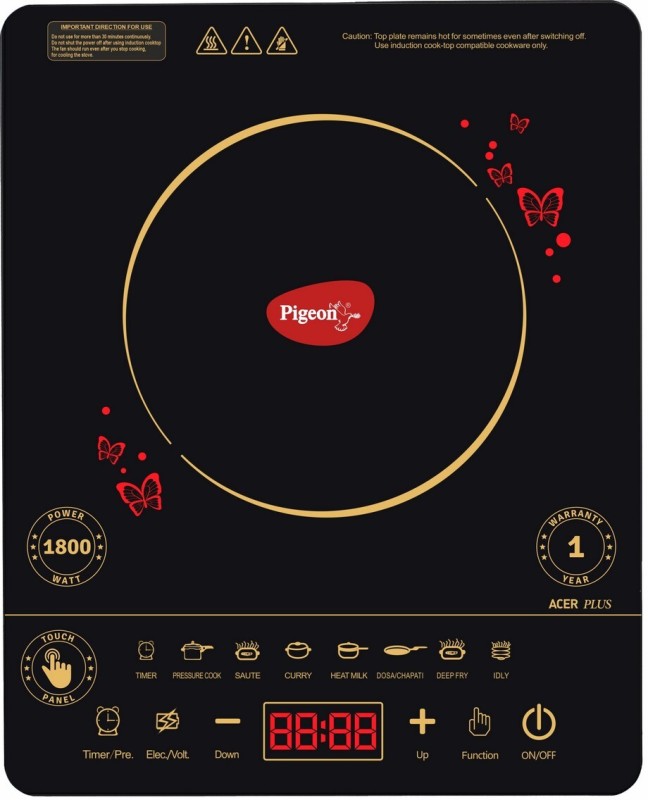
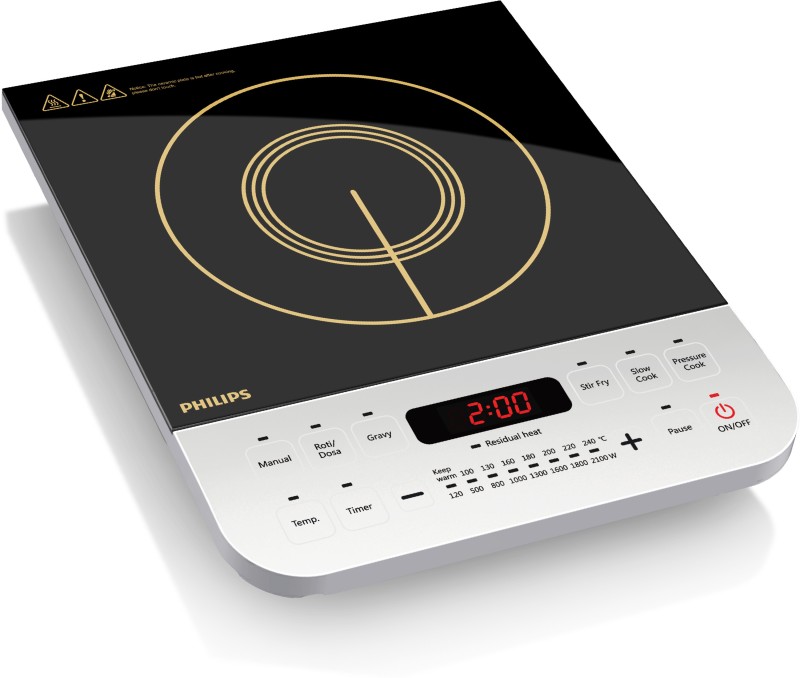
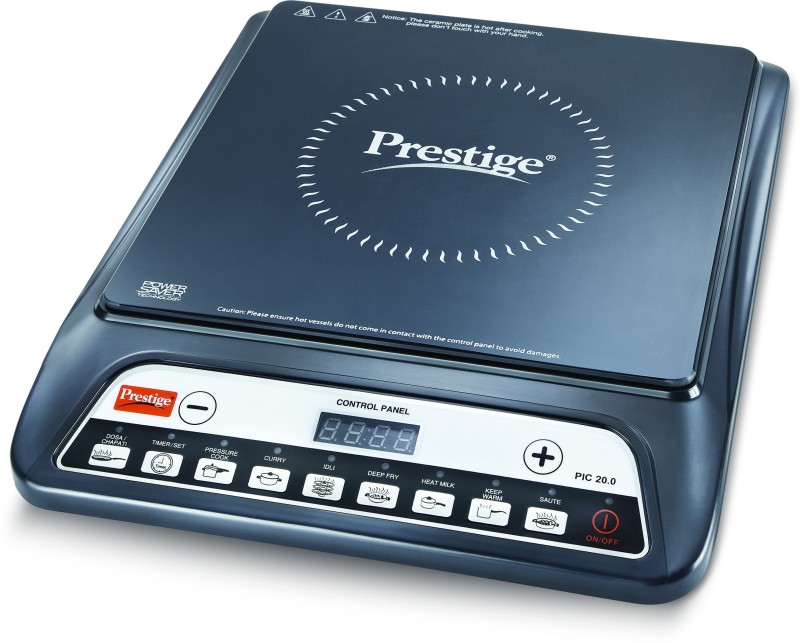
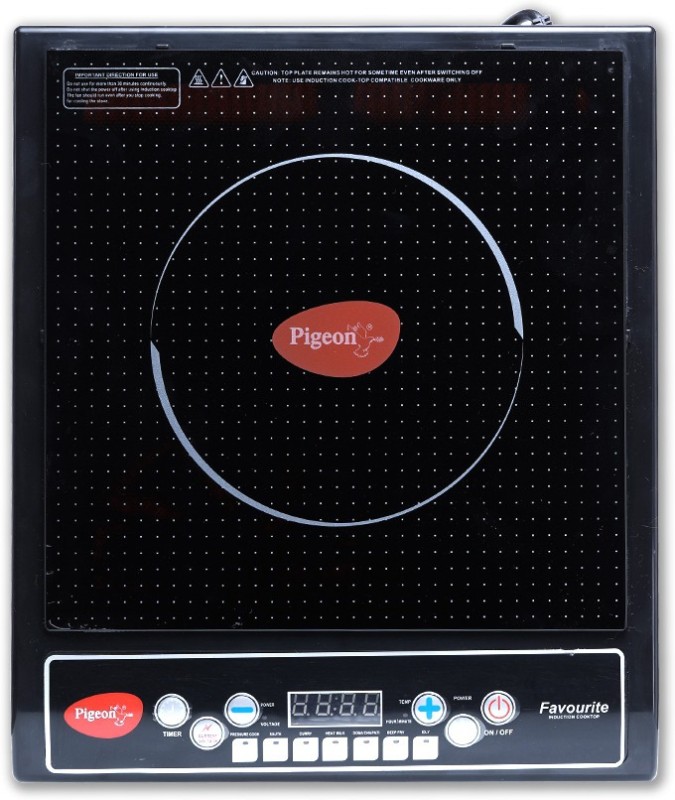

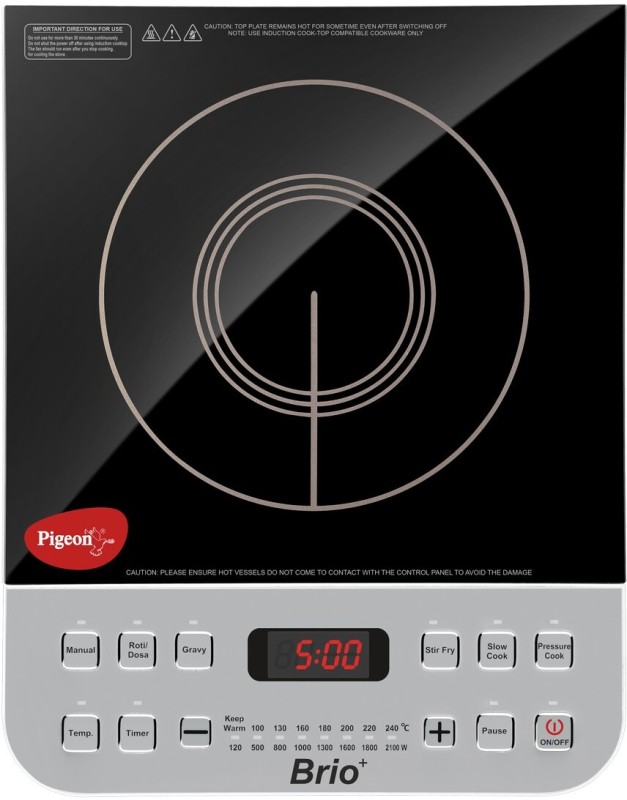


I have been using the wrong cookware on my induction cooktop and didn’t even realize it. This article enlightened me on the importance of using the right materials.
The article could have included some tips on maintaining and cleaning induction cookware. Overall, it was a great read!
I recently purchased an induction cooktop and this article came just in time. It clarified a lot of confusion I had about compatible cookware.
I loved how the article explained the difference between induction cookware and regular cookware. It was very informative.
This article provided a comprehensive guide to selecting cookware for induction cooktops. It was really helpful!
I appreciate the tips and recommendations provided in this article. It made the decision-making process much easier.
One thing that would have been helpful is if the article included some budget-friendly options for induction cookware.